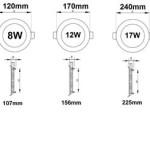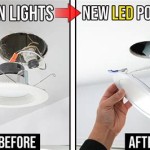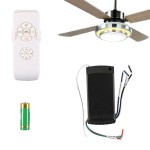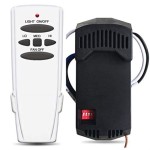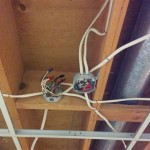Recessed Lighting for Grid Ceilings: Essential Considerations
When designing a commercial or institutional space, recessed lighting integrated into grid ceilings plays a crucial role in creating a functional and aesthetically pleasing environment. Understanding the various aspects of recessed lighting for grid ceilings is essential for a well-conceived lighting strategy.
This article delves into the key aspects of recessed lighting for grid ceilings, encompassing planning, installation, and functionality. By considering these elements, architects and designers can optimize lighting design to achieve optimal illumination and ambiance within a space.
Planning and Design
Proper planning is paramount for effective recessed lighting in grid ceilings. Considerations include determining the appropriate number of fixtures, light distribution, and placement to ensure even illumination and minimize glare.
Light distribution refers to the spread and direction of light emitted from a fixture. Symmetrical light distribution provides a uniform spread, while asymmetrical distribution directs light in a specific direction. The type of distribution chosen depends on the desired lighting effect and the space's layout.
Placement of fixtures is crucial to avoid creating shadows or dark spots. Grid ceilings provide a flexible framework for precise fixture placement, allowing for customization based on the room's shape and function.
Fixture Selection
Choosing the right recessed lighting fixtures involves considering factors such as beam angle, color temperature, and trim. The beam angle determines the width of the light beam, with narrow beam angles producing concentrated light and wide beam angles providing more diffused illumination.
Color temperature refers to the perceived warmth or coolness of light. Warm color temperatures (2700K-3000K) create a cozy atmosphere, while cooler color temperatures (4000K-5000K) promote alertness and focus.
Trim refers to the visible part of the fixture around the light source. Different trim styles and finishes can complement the ceiling design and enhance the overall aesthetic.
Installation and Maintenance
Professional installation is essential to ensure proper function and longevity of recessed lighting for grid ceilings. Certified electricians should handle wiring and fixture mounting.
Regular maintenance is vital to maintain optimal performance. Cleaning fixtures and replacing bulbs periodically helps prevent dust and dirt accumulation, extending the lifespan of the lighting system.
By meticulously planning, selecting appropriate fixtures, and ensuring professional installation and maintenance, architects and designers can harness the benefits of recessed lighting for grid ceilings. This approach results in a well-illuminated, visually appealing space that enhances productivity, comfort, and the overall user experience.

1 75 Linear Low Profile Led T Bar Grid Light Alcon Lighting 14030 20

Lighting Ceilume

Lighting Ceilume

How To Install Recessed Lights In A Drop Ceiling Temecula Handyman

Alcon 14029 Acoustical Tile Edge Lit Grid Ceiling Linear Strip Led Light Fixture Alconlighting Com

Jrtdl Recessed T Grid Linear Series Jademar Lighting

Recessed Ceiling Light Fixture Grid Panel 625 Leccor Leuchten Gmbh Led Square Ip30

Linear Lighting Integration Armstrong Ceiling Solutions Commercial

High Performance Led Parabolic Grid Ceiling Lighting Suspended Linear Manufacturer Splendor

Airelight Project Spotlights Goldeneye Inc
Related Posts

